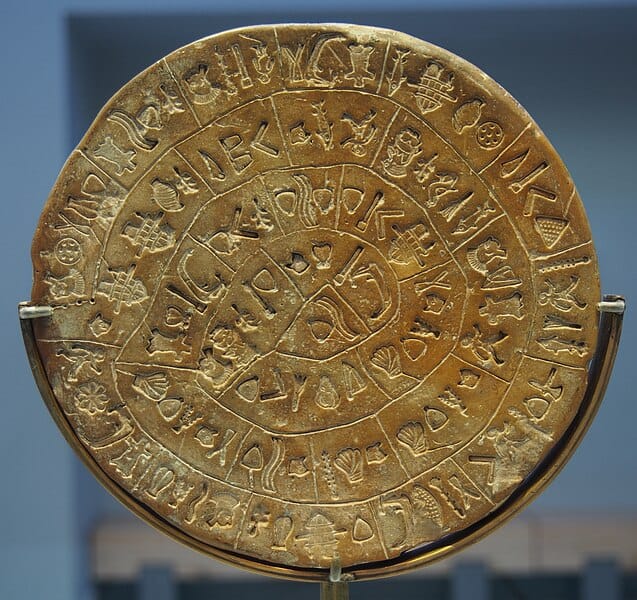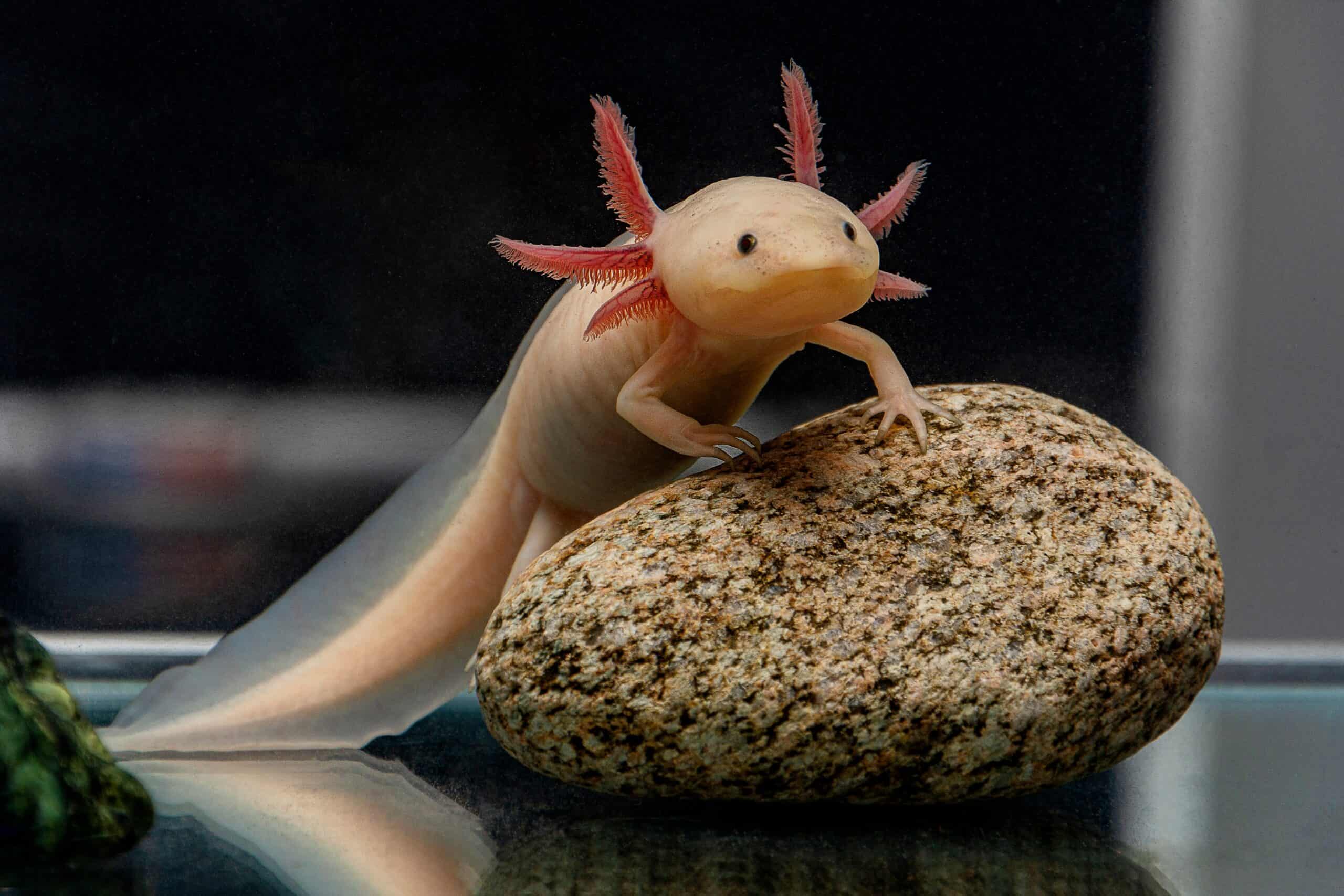Reptiles are a vital part of our planet’s biodiversity. Many species face threats due to habitat loss, poaching, and climate change. Here are some of the most threatened reptiles in the world, each struggling for survival.
Grand Cayman Blue Iguana
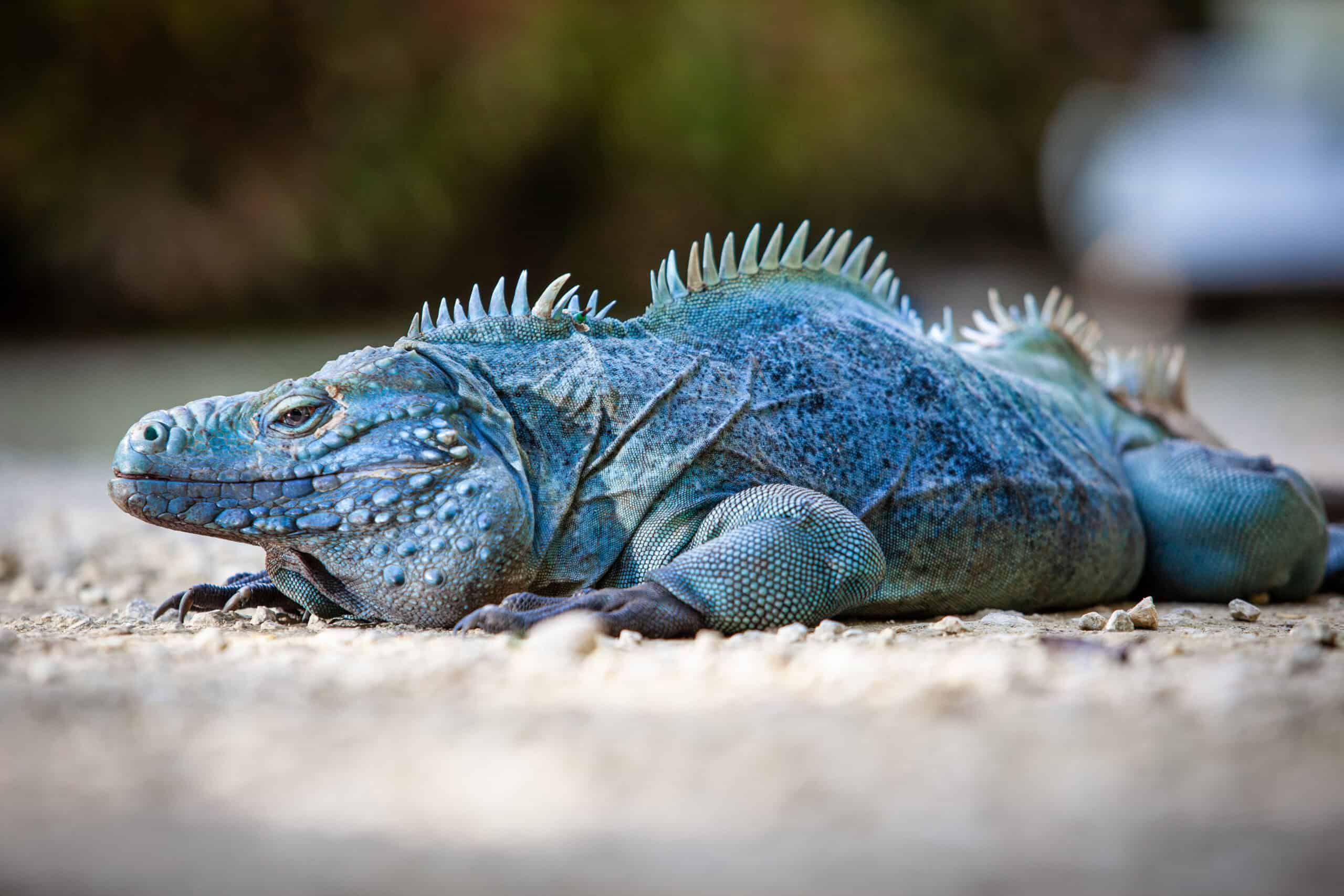
The Grand Cayman Blue Iguana is a striking reptile with vibrant blue scales. Found only in the Grand Cayman Islands, this iguana is easily recognizable by its large size and unique coloration. Males can reach up to 5 feet in length, including their tail. Their population has faced severe decline, dropping to less than 25 individuals in the wild at one point. Conservation efforts have helped, but they remain critically endangered. Habitat loss and invasive species pose the greatest threats.
Red Hills Salamander
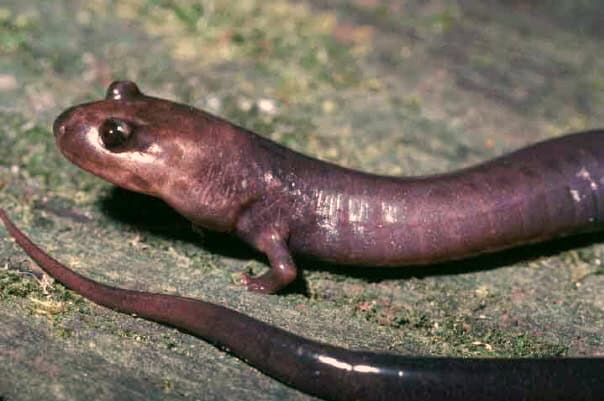
The Red Hills Salamander (Phaeognathus hubrichti) is a unique amphibian with a reddish-brown hue and a long, slender body. It is native to Alabama, USA, residing in moist, shaded ravines within a very restricted range. The population is critically low, estimated to be around 100 individuals, making it one of the most endangered salamanders in North America. This species is important for studying ecosystem health due to its sensitivity to environmental changes.
Arakan Forest Turtle

The Arakan Forest Turtle (Heosemys depressa) has a dark brown to black shell, often camouflaged in the leaf litter of forest floors. Originating from the Arakan Hills of Myanmar, it is critically endangered due to habitat destruction and hunting for the pet trade. The population is alarmingly low, with fewer than 100 individuals estimated to be left in the wild. These turtles are reclusive and primarily nocturnal, making conservation efforts challenging. Captive breeding programs are vital to ensure their future, along with legal protection of their natural habitats.
Chinese Alligator

Chinese Alligators are smaller than their American cousins, reaching only about 5 feet in length. They have armored bodies with hard, bony plates and a broad snout. These alligators are native to the lower Yangtze River in China. With fewer than 120 individuals left in the wild, they are critically endangered. Pollution, habitat loss, and hunting have decimated their populations. Conservationists are working to breed them in captivity and reintroduce them to the wild.
Gharial
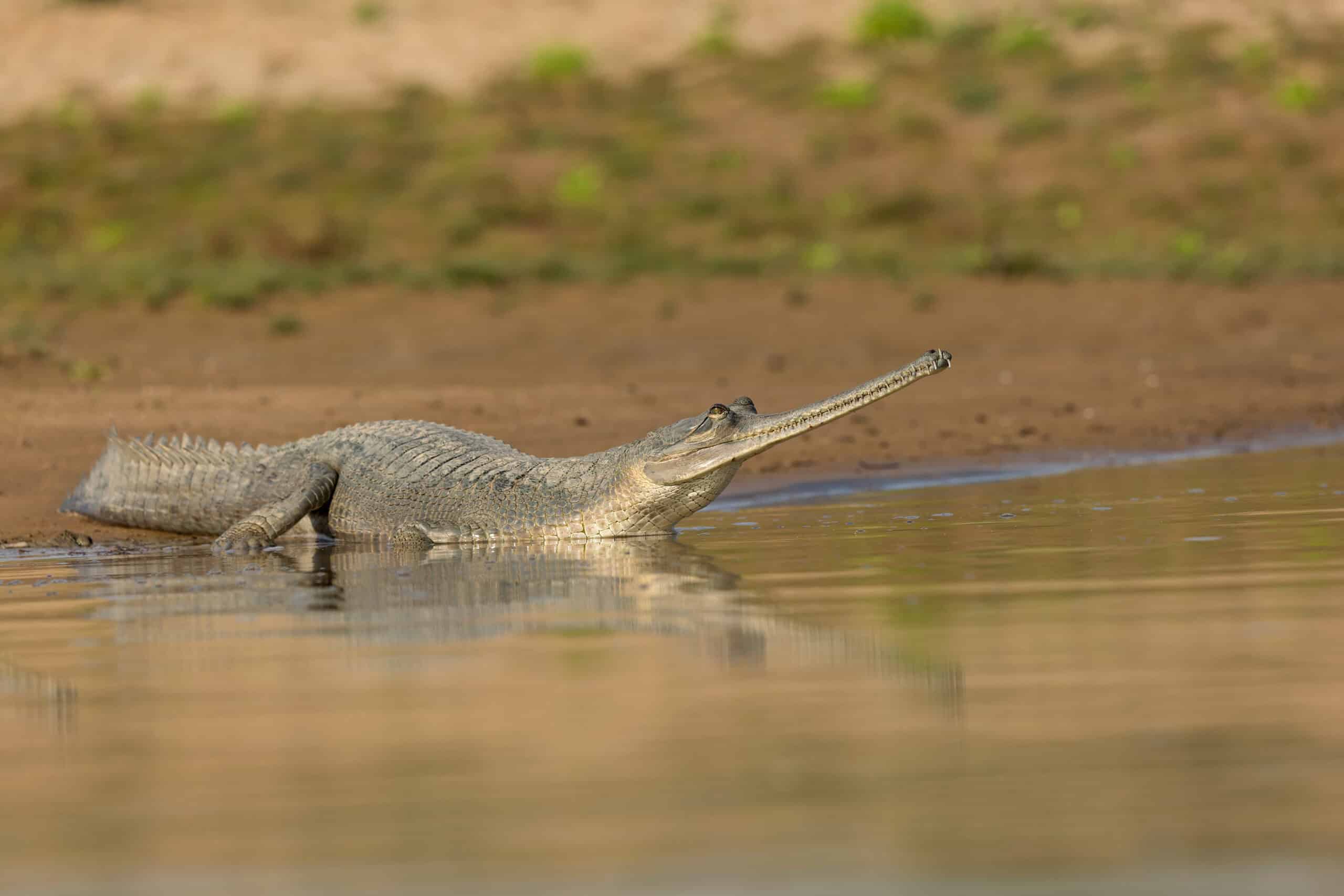
The Gharial (Gavialis gangeticus) is a unique crocodilian with a long, slender snout filled with sharp teeth, adapted for catching fish. Native to the river systems of India and Nepal, it is critically endangered with fewer than 200 individuals remaining in the wild. The population has plummeted due to habitat loss, sand mining, and fishing net entanglements. Gharials are essential for maintaining healthy fish populations in rivers, contributing to the overall biodiversity of their habitats.
Jamaican Iguana
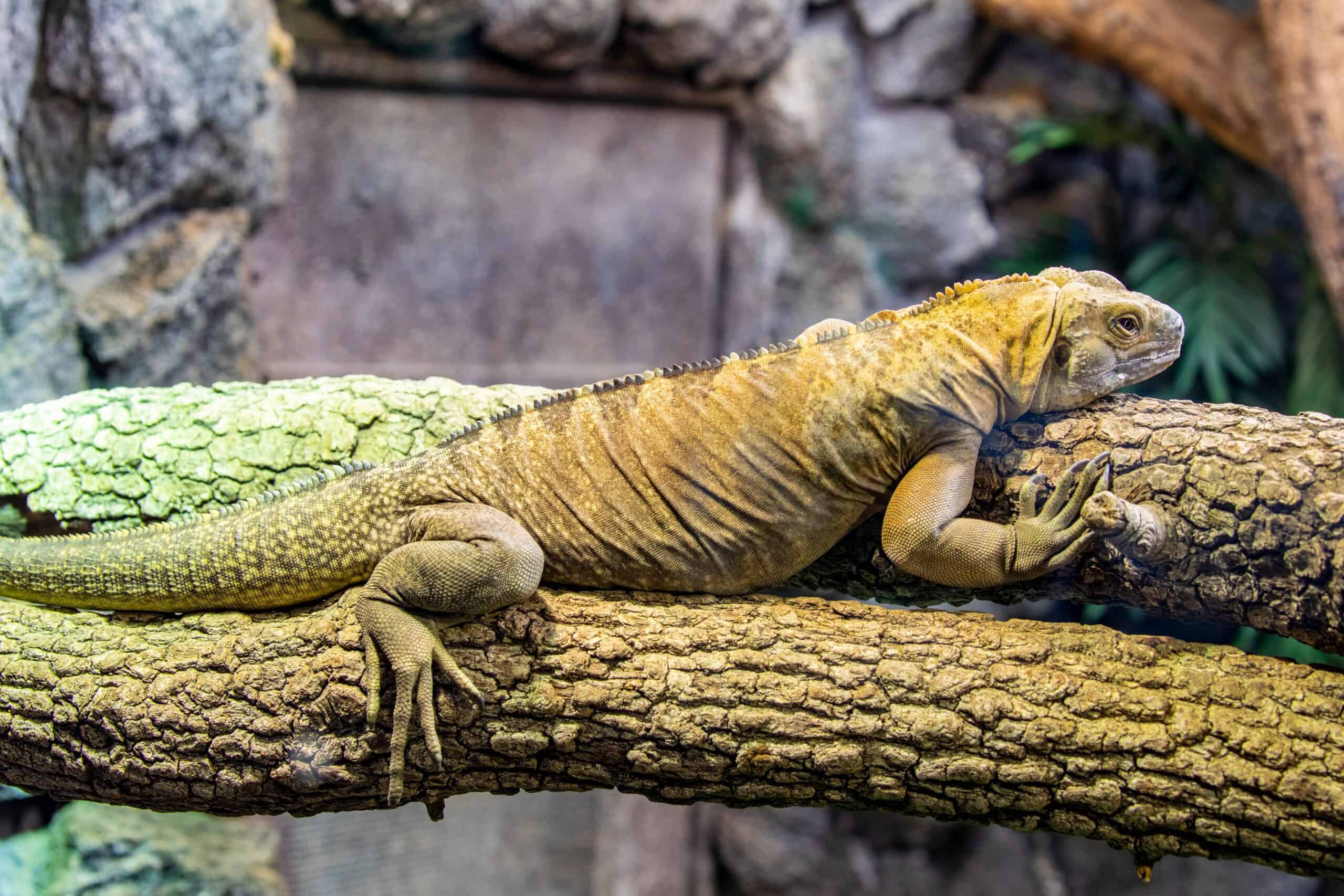
The Jamaican Iguana is a large, greenish reptile with a spiny back and a stout body. It lives in the dry forests of the Hellshire Hills in Jamaica. Once thought extinct, a small population was rediscovered in 1990, prompting immediate conservation efforts. These iguanas are vital for seed dispersal in their habitat, contributing to the health of their ecosystem. Current estimates suggest that fewer than 300 individuals remain in the wild.
Black Softshell Turtle
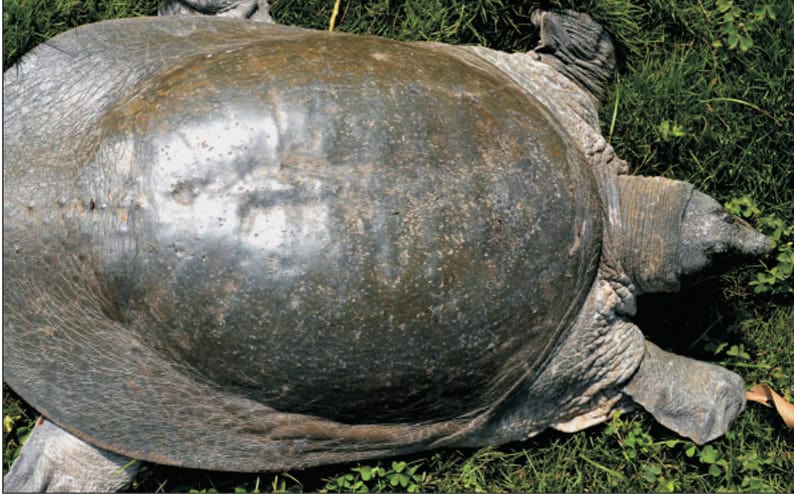
Psychedelic Rock Gecko

The Psychedelic Rock Gecko is a brightly colored gecko native to a small area in Vietnam. Its striking colors, with vibrant blue and orange patterns, make it highly sought after in the illegal pet trade. This has led to severe population declines, with the species now considered critically endangered. Living in small, rocky outcrops, their habitat is also under threat from development and quarrying activities. The exact population is uncertain, but it is estimated that fewer than 500 individuals remain in the wild.
Ploughshare Tortoise
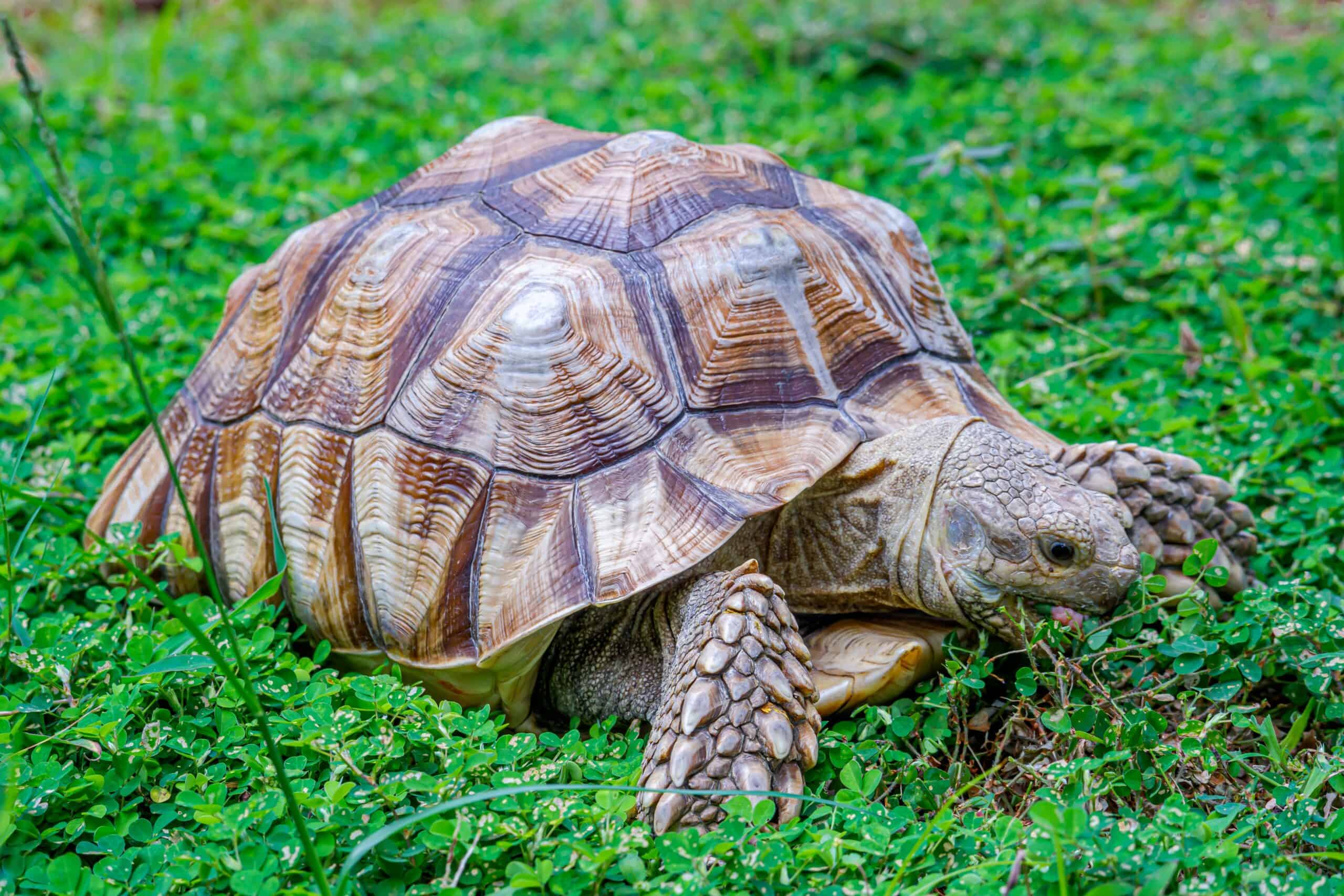
The Ploughshare Tortoise has a distinctive, high-domed shell with golden hues, making it one of the most sought-after tortoises by collectors. Found only in a small area in northwestern Madagascar, this tortoise is critically endangered, with an estimated population of fewer than 500 individuals. Illegal poaching for the pet trade and habitat destruction are significant threats.
Barbados Leaf-Toed Gecko

The Barbados Leaf-Toed Gecko (Phyllodactylus pulcher) is a small, nocturnal reptile with unique leaf-shaped toes that aid in climbing. Endemic to Barbados, it resides in forests, coastal areas, and human habitats such as gardens. The population is critically low, with fewer than 500 individuals remaining due to habitat destruction, invasive species like rats and cats, and human activities. Their presence is a key indicator of environmental health, as they help control insect populations.
Madagascan Big-Headed Turtle
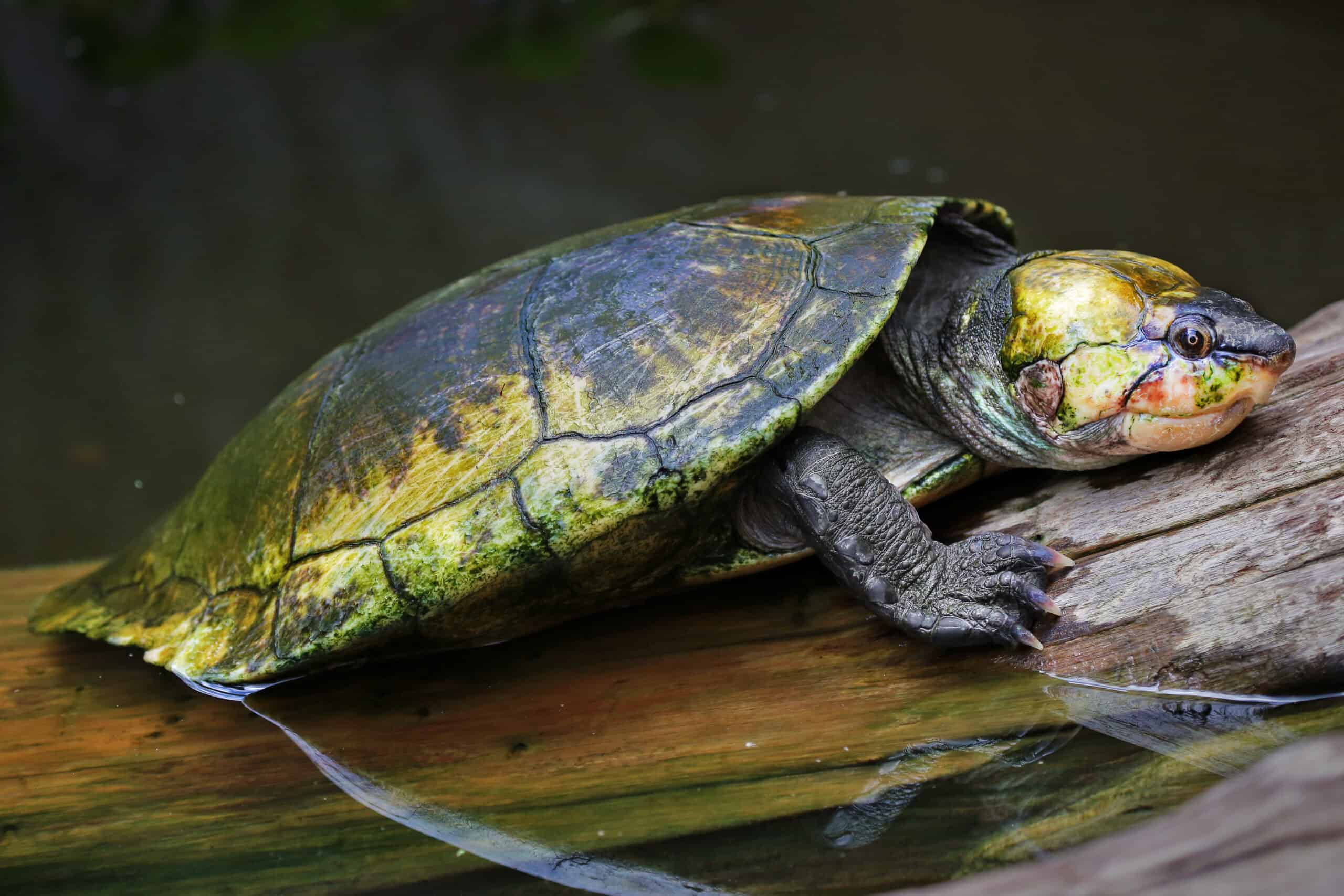
The Madagascan Big-Headed Turtle (Erymnochelys madagascariensis) features a large head and a dark, rugged shell. Found in the freshwater habitats of Madagascar, particularly in slow-moving rivers and lakes, it is critically endangered. The population is estimated to be around 500 individuals, declining due to habitat destruction, hunting for meat, and the pet trade. These turtles play a significant role in their ecosystems by controlling insect and plant populations.
Geometric Tortoise
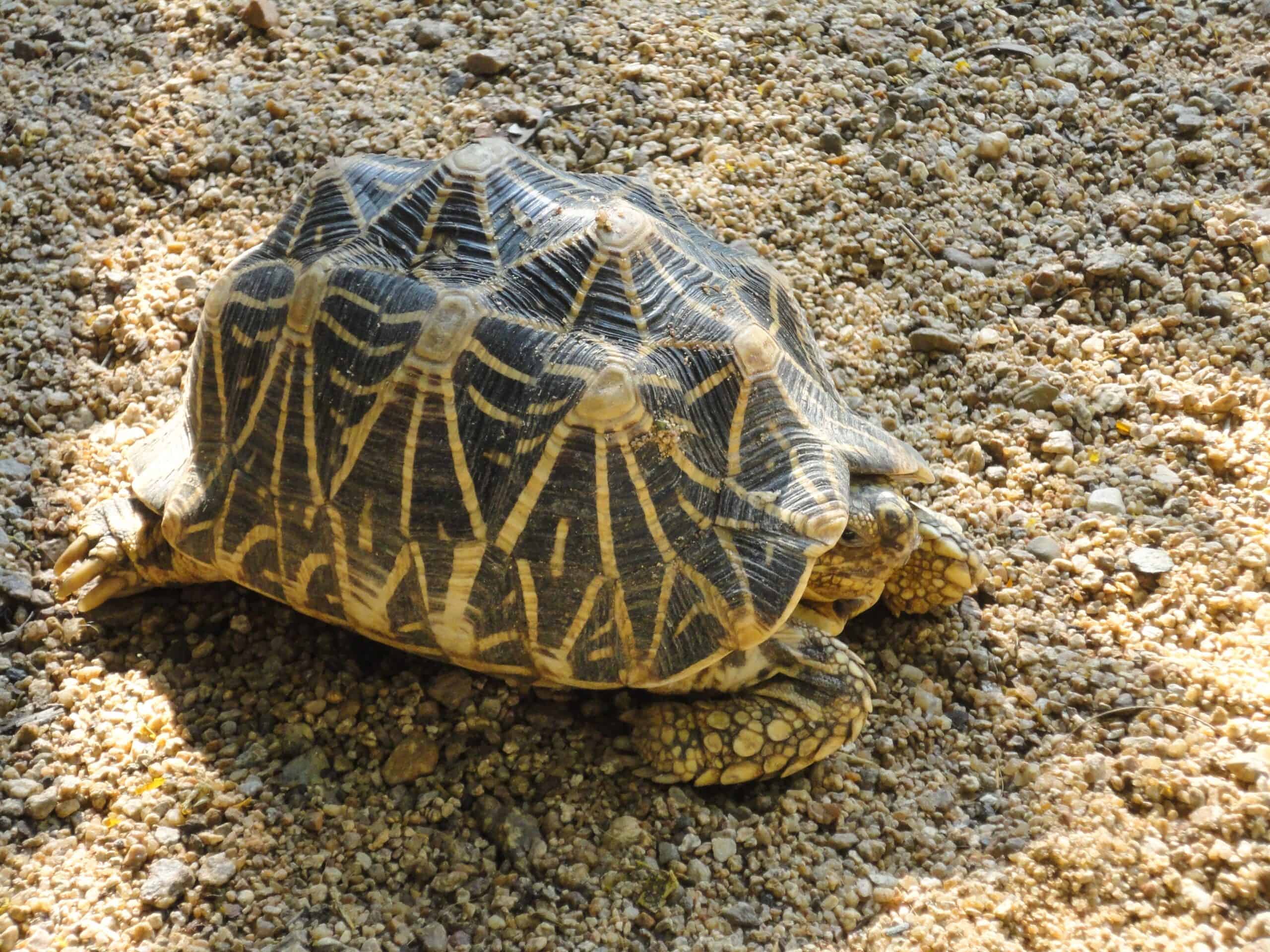
The Geometric Tortoise has a beautiful, patterned shell resembling geometric shapes, making it one of the most visually striking tortoises. This small tortoise inhabits the fynbos regions of South Africa, where it relies on a specific type of vegetation. Their population is critically low due to habitat destruction from agriculture, urbanization, and invasive plant species. Conservation efforts are ongoing to protect this unique species, with estimates suggesting fewer than 1,000 individuals remain in the wild.
Golden Coin Turtle

The Golden Coin Turtle (Cuora trifasciata) has a distinct yellowish-brown shell with intricate patterns and a dark stripe running down the center. Found in southern China and northern Vietnam, this turtle faces severe threats due to poaching for traditional medicine and the illegal pet trade. The population has dwindled dramatically, with fewer than 1000 individuals believed to be left in the wild. Their natural habitats are freshwater streams and ponds, where they forage for small invertebrates.
Siamese Crocodile
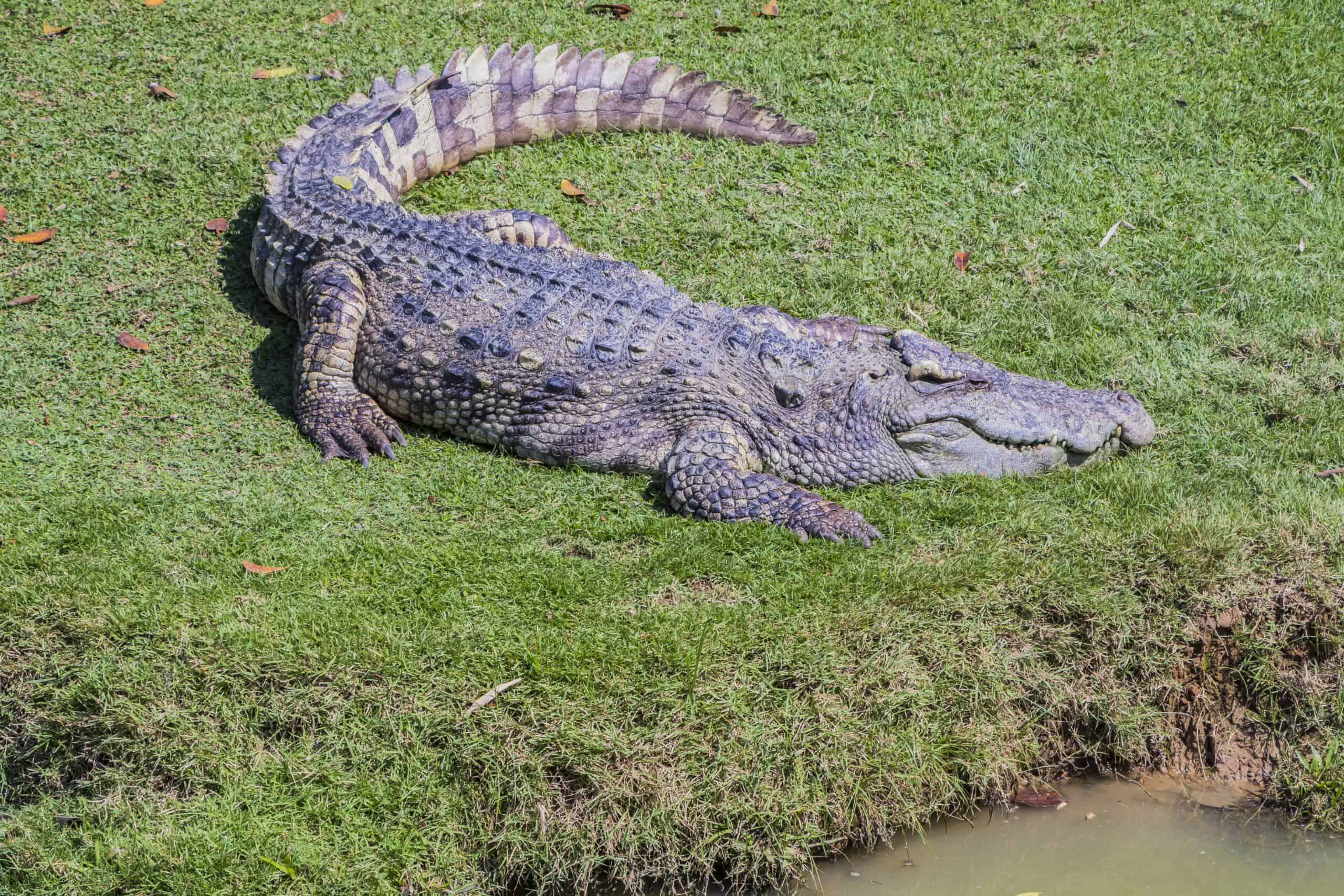
Siamese Crocodiles have a broad snout and a distinct bony ridge behind each eye. They are primarily found in freshwater rivers, lakes, and marshlands in Southeast Asia. Adult Siamese Crocodiles can grow up to 13 feet long. Their numbers have plummeted, with fewer than 1,000 individuals remaining in the wild. Habitat destruction and illegal hunting are major threats.
Central American River Turtle
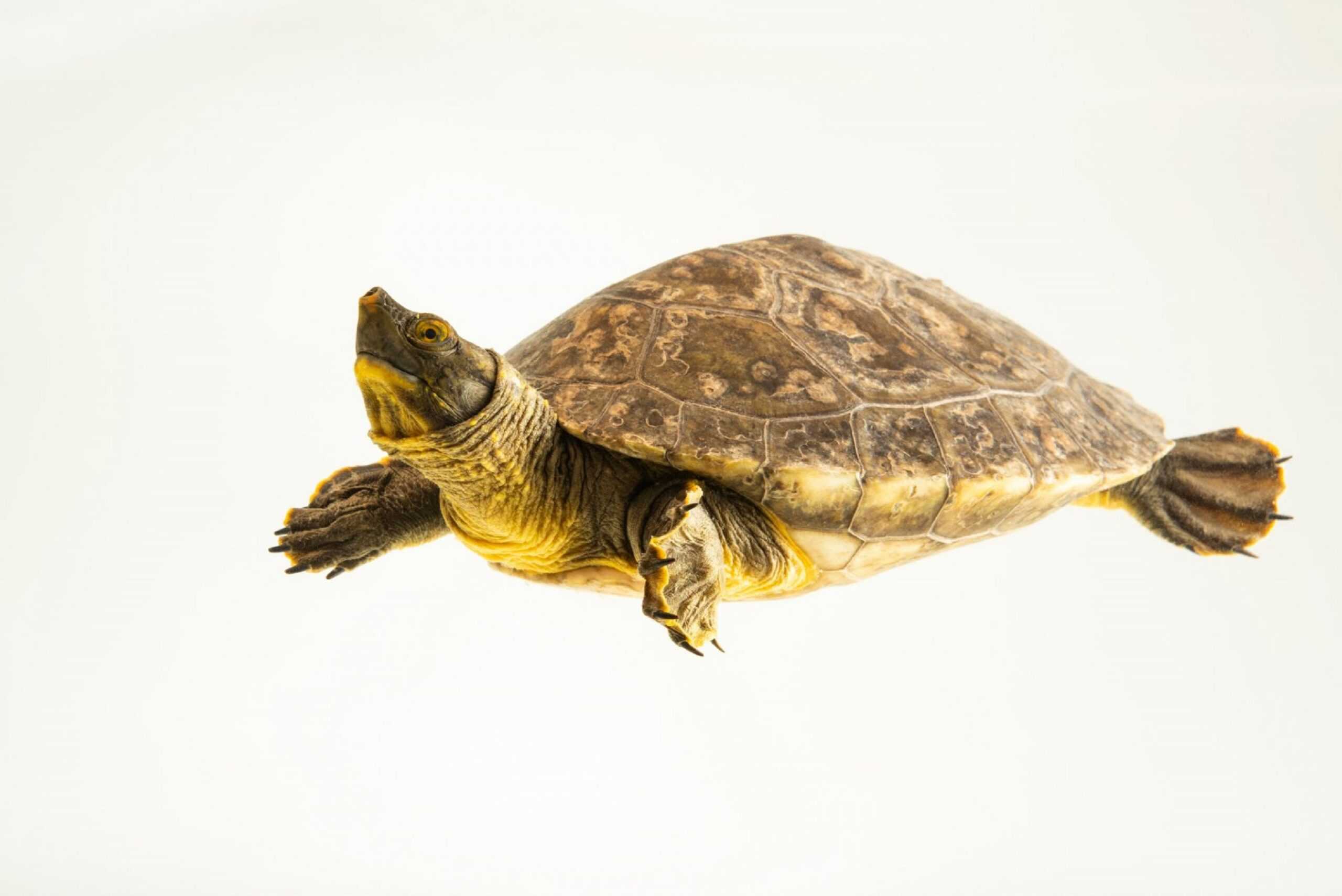
The Central American River Turtle, also known as the “hickatee,” has a smooth, olive-brown shell and webbed feet. It inhabits freshwater rivers and lakes in Belize, Guatemala, and southern Mexico. Adults can grow up to 2 feet in length. Their population has been severely depleted, with only around 2,000 individuals remaining. Overhunting for their meat and habitat destruction are the main threats.
Komodo Dragon
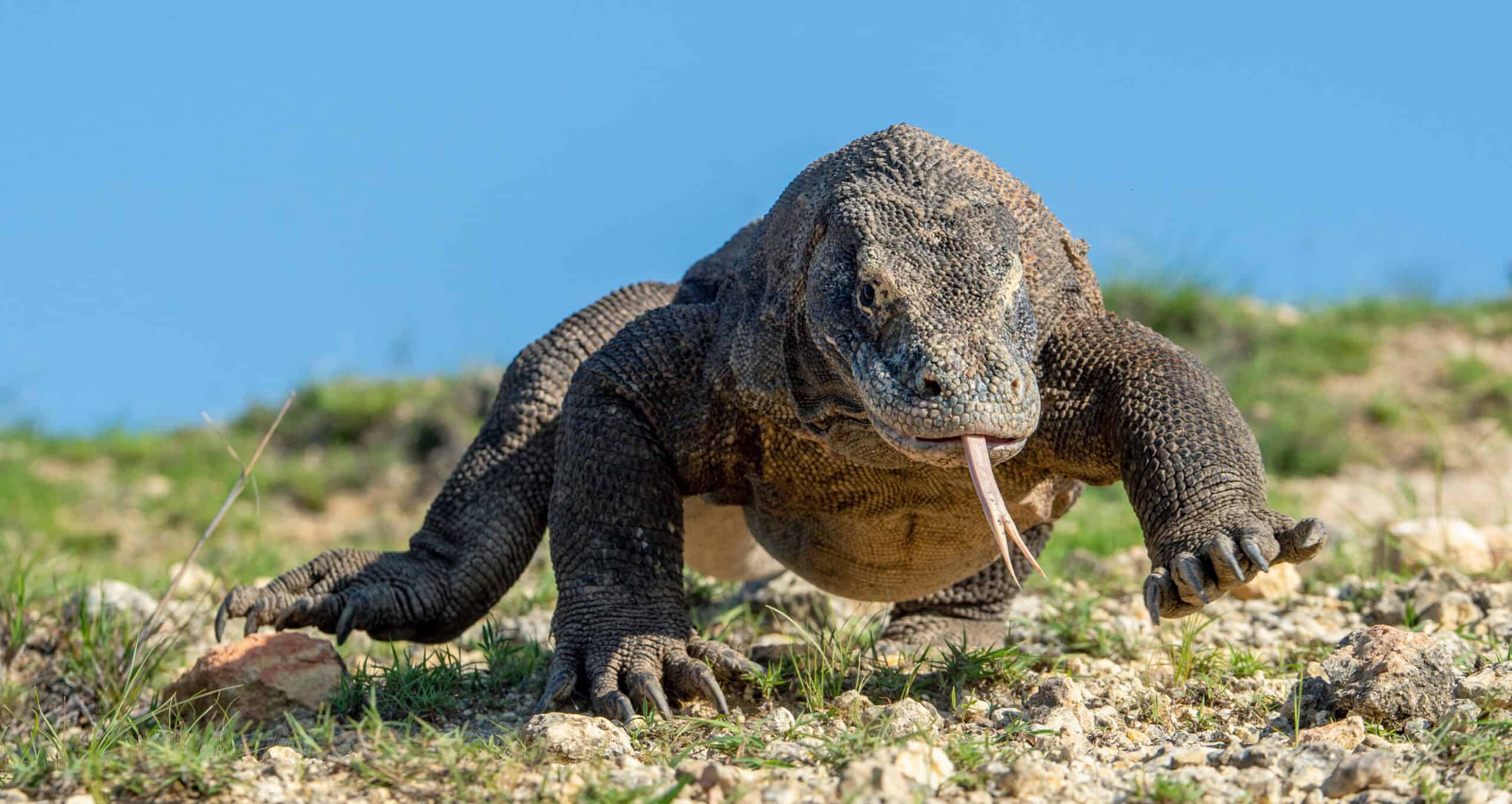
The Komodo Dragon is the largest living lizard, capable of growing up to 10 feet in length and weighing over 150 pounds. It has a powerful build, sharp claws, and a keen sense of smell. Native to Indonesia, they are apex predators in their ecosystem, playing a critical role in maintaining the balance of their environment. Their population is threatened by habitat loss, human activity, and natural disasters such as volcanic eruptions and earthquakes. Current estimates suggest around 3,000-5,000 individuals remain in the wild.
Fiji Banded Iguana
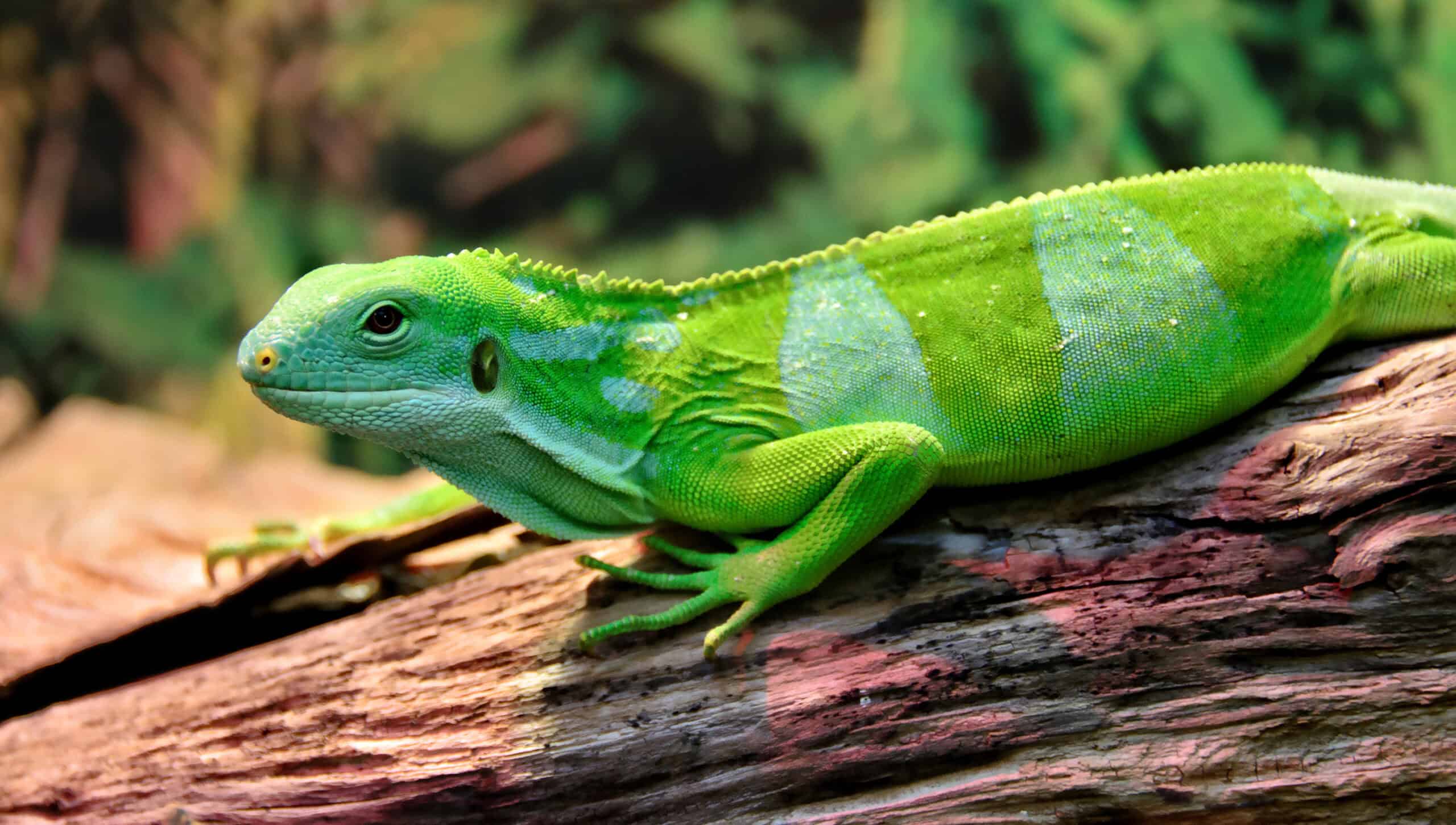
The Fiji Banded Iguana is a vibrant green lizard with striking blue or white bands across its body. It inhabits the lush forests and islands of Fiji, where it plays a crucial role in pollination and seed dispersal. Their population has declined due to habitat loss, deforestation, and illegal pet trade. There are estimated to be fewer than 13,000 individuals remaining, with several island populations critically endangered.
Hawksbill Turtle
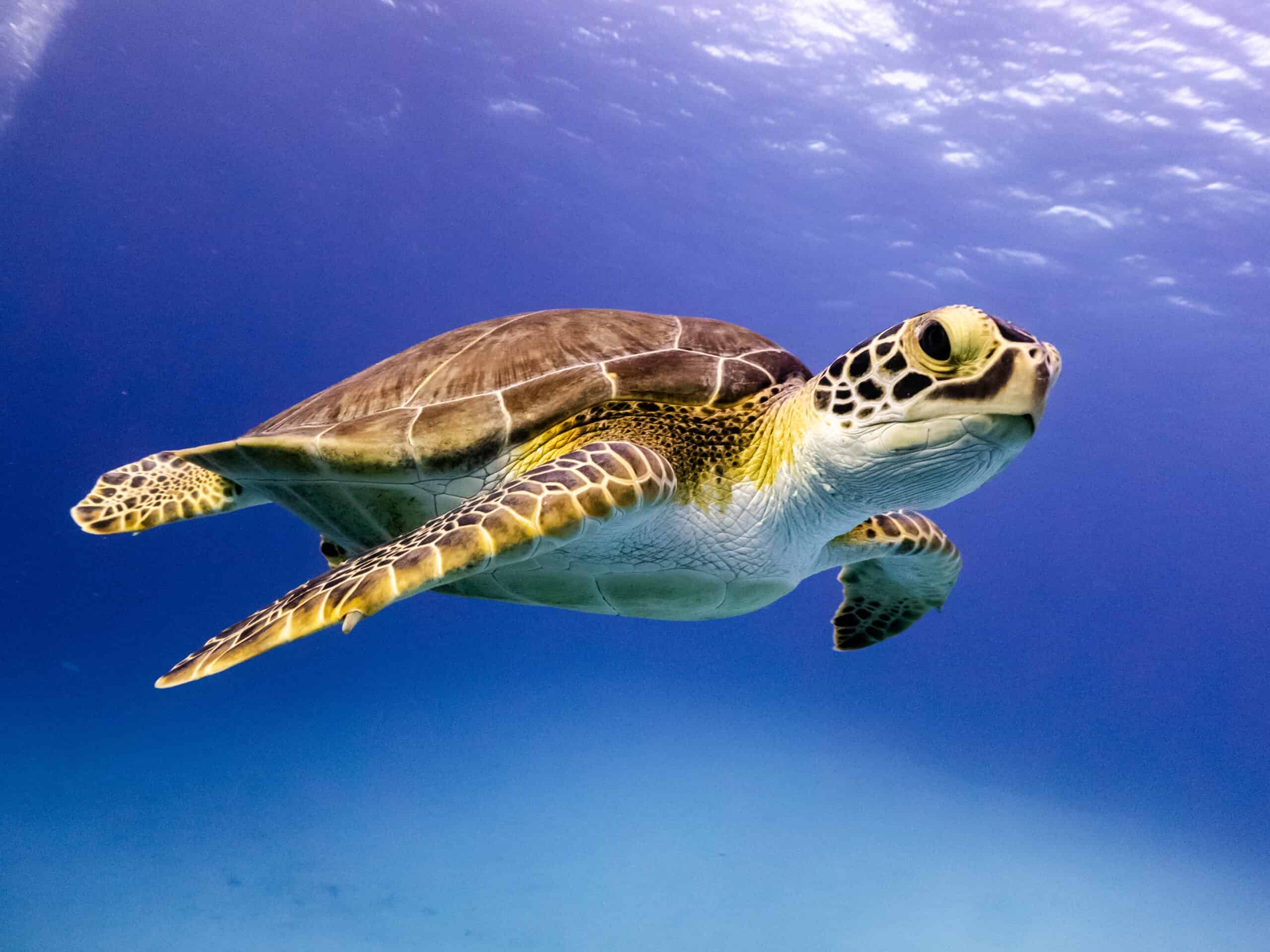
The Hawksbill Turtle is known for its beautiful shell, with a distinctive pattern of overlapping scales. They have a pointed beak and are relatively small compared to other sea turtles, typically weighing around 100-150 pounds. Found in tropical reefs, they are crucial for maintaining coral health by consuming sponges that would otherwise overwhelm the reefs. Originating from the Atlantic, Pacific, and Indian Oceans, they are now critically endangered, with an estimated 20,000 nesting females left in the wild.
Dwarf Crocodile
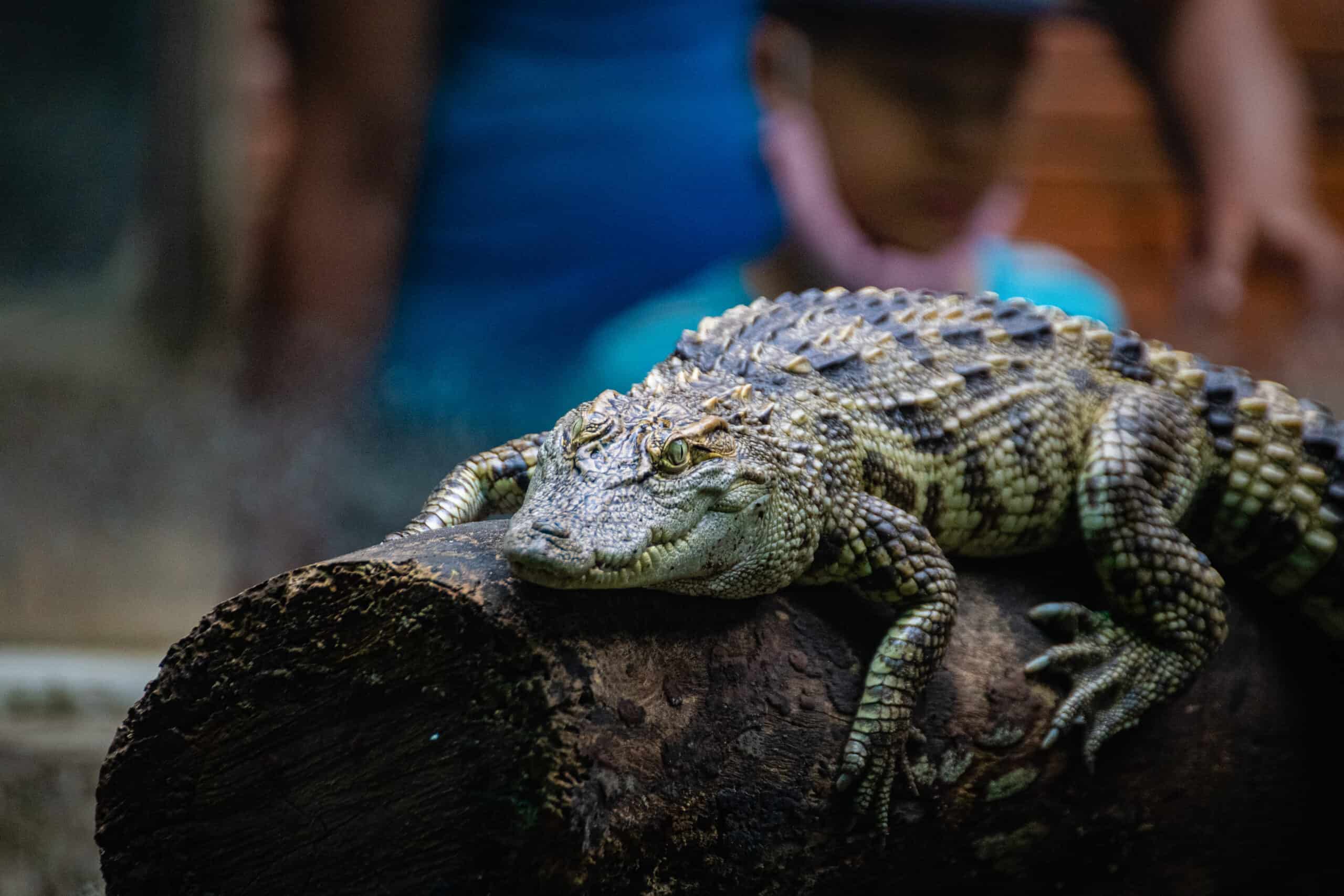
The Dwarf Crocodile (Osteolaemus tetraspis) is the smallest of the crocodilian species, reaching up to 1.9 meters in length. Native to West Africa, it inhabits swamps, slow-moving rivers, and dense rainforests. The population is estimated to be between 25,000 to 50,000 individuals, but it is declining due to habitat loss from deforestation and hunting for their meat and skin. They are crucial for maintaining the health of wetland ecosystems by preying on small animals and insects.


